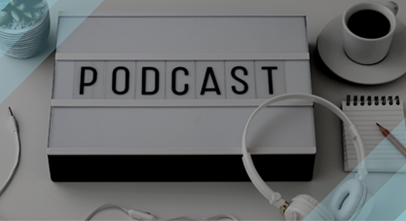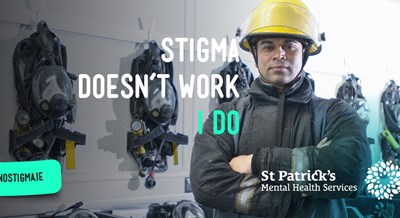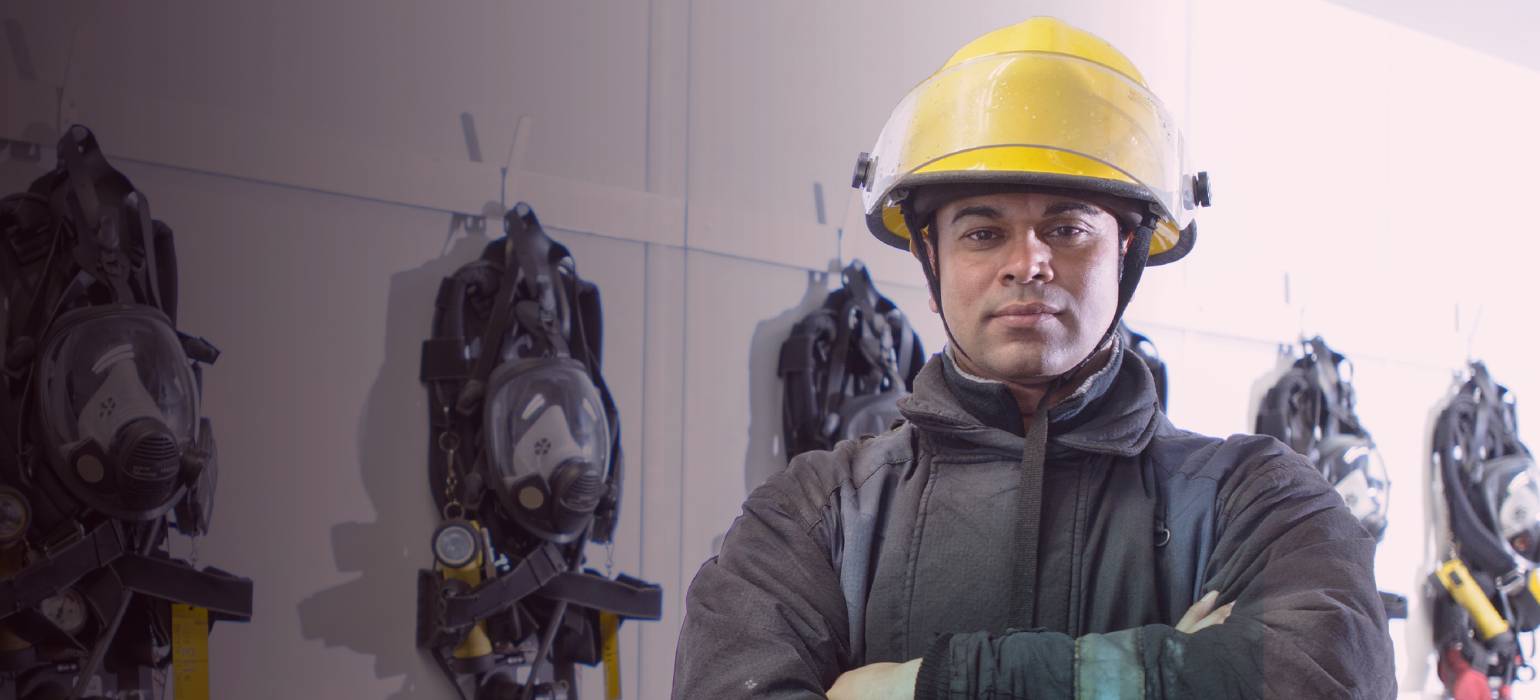
With employees in many sectors reporting high levels of stress and exhaustion, how can we value workplace wellbeing and respond to the signs of burnout?
Across the world, the last few years have brought increasing reports of employee burnout and workplace stress, with workers feeling high levels of pressure, anxiety, exhaustion and job dissatisfaction. In fact, we are now in the middle of “The Great Resignation”, with record numbers of employees leaving their roles.
But what is burnout and what can we do about it?
Clinical psychologist and Chief Executive Officer here at St Patrick’s Mental Health Services, Paul Gilligan, recently explored how we can recognise the symptoms of burnout and mind our mental health in the workplace.
How to identify burnout at work
Speaking on the Joe Finnegan Show on Shannonside FM, Paul starts by explaining that burnout can be defined “as psychological difficulty emerging as a prolonged response to chronic interpersonal stressors on the job”.
When we define burnout in this way, the single biggest response that people feel is “overwhelming exhaustion”.
Other common symptoms of burnout include:
- Feelings of cynicism
- Detachment from the job
- A sense of ineffectiveness
- A lack of accomplishment.
This is distinct from the Sunday night fear or Monday morning blues that everyone has: burnout is where those feelings become “persistent, long-term and you nearly feel like you can’t talk to people because you feel like, at some level, you’re hiding something”.
Impact of burnout
If you are experiencing burnout, it has an impact on your health and wellbeing.
For Paul, “the best model to understand burnout is the model of imbalance”. He explains that somebody could be in a job where everything is fine, but suddenly finds, for instance, that they get extra demands or their work routines change, and this begins to make it very stressful to deal with all the tasks and requirements that the job entails. For example, many people moved suddenly to working from home, but are now feeling uncertainty about returning to the office or anxiety over new work practices. These kinds of situations are resulting in imbalances or mismatches.
“Add that to all the stressors that are happening for people outside of work, then you start to see effects”. Paul explains that the COVID-19 pandemic has had a significant impact by bringing changes to workplaces and job structures and by increasing stressors in both their work and personal lives. This is disrupting people’s work-life balance and compounding the stress and exhaustion which many people are feeling.
When these kinds of imbalances and stressors lead to burnout, “it affects people’s quality of work, but it also primarily affects their wellness at work and their happiness at work, which, of course, will impact on their productivity.”
How to deal with burnout
When it comes to dealing with burnout, Paul believes ““it’s about honesty; it’s about ownership; and it’s about taking action” on the part of both the person themselves and their employer.
What employees can do
If you suspect that you might be feeling burned out at work, Paul suggests that “you need to identify what’s causing the stressors and try see if you can address those. Are they at a personal level or at a job level? Are you being asked to do too much?”. Taking a step back to consider the situation in full and gain perspective will help you to better understand what the next best steps for you will be.
Paul advises asking yourself a series of questions to help you evaluate your thoughts and feelings and identify what you can do.
Am I comfortable with the values of the organisation?
“In business-speak, this is about the culture of the organisation”. Do you agree with the company’s mission, its values, and how it treats both its customers and staff? “Have you a problem with the company or the way the job is structured? If you believe you have, it’s about being honest and going in and talking to the employer.”
What is the meaning of the job to me?
This is about evaluating your work role and what it means to you. As an employee, there has to be a balance between recognising that the organisation needs to be productive and efficient, and that you need to do a job to contribute to that: it’s about being honest and thinking whether you want to do that. Are you interested in your work? Do you feel fulfilled? Is your work acknowledged? One of the interesting things about the impact of the COVID-19 pandemic is that “it has forced people to re-evaluate their lives and a lot of people are re-evaluating their work role”.
What can I do to solve the problems at a personal level?
On a personal level, it’s helpful to look at your life, building in wellness techniques, such as mindfulness, and knowing that these things will help you. Paul acknowledges that this can feel difficult or time-consuming when you are already feeling drained and overstretched, but encourages a change of mindset if it is needed. It’s about thinking “despite the fact that I’m stressed and overworked, I do need to find the time to exercise; I do need to find the time to build in every day something that relaxes me”. Taking this time and looking after your wellbeing will prepare and strengthen you to take action.
What can I do to make the job easier for myself?
This is about questioning things for yourself at the job-specific level. Do you have the time and space you need to do your job? Has your workload increased too much? Are there parts of your role you can delegate to other people? After you assess this for yourself, perhaps you might identify that you need to have a conversation with your manager.
Going through the questions above gives you perspective. Paul notes that “many people who are burned out want to stay in the job: they just want to fix the problem”: taking these steps to assess your situation and your feelings helps you to identify what you need to do and arms you to be able to do that.
What employers can do
Paul underlines that employers have a crucial role when it comes to workplace wellbeing. Investing time and resources in staff wellbeing is important for strengthening relationships between employers and their employees and for preventing burnout.
He reminds employers that this investment isn’t only a benefit to employees and that workplace wellness has to be more than lip service. When employee wellbeing isn’t prioritised and stress and burnout become the reality, people’s productivity and staff morale decrease, impacting the health and success of the entire organisation: “in general, the people working for you are your biggest asset: investing in them is key”.
For Paul, “what we need to do is focus on trust”. He notes that the COVID-19 pandemic has had a big impact on employer-employee relationships in that it has forced us to really build trust and to have conversations about our expectations and ways of working.
“It is about trust and realising that staff welfare equals productivity and believing that. We used to talk about it a lot but people need to own that… If we don’t do that, productivity on one side will be affected and people’s wellness will be affected on the other.”
Find out more
“If you’re starting to feel exhausted, undervalued, not interested in the job, then you are starting to run into difficulty.”
For anyone beginning to experience the signs of burnout, Paul recommends trying to understand the stressors that might be causing it, and taking steps to address them, both with your employer and in your personal life.
“If you start at that level, you’re less likely to run into the serious issues”.




